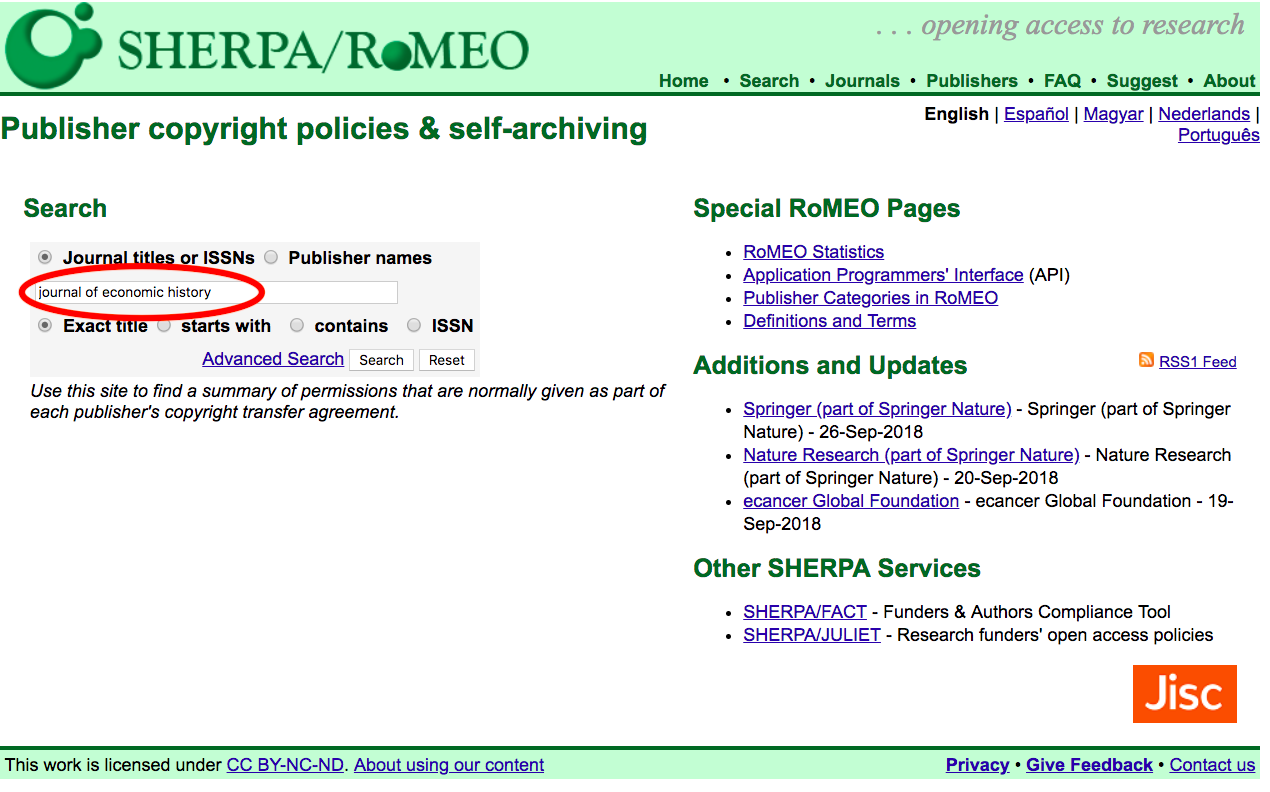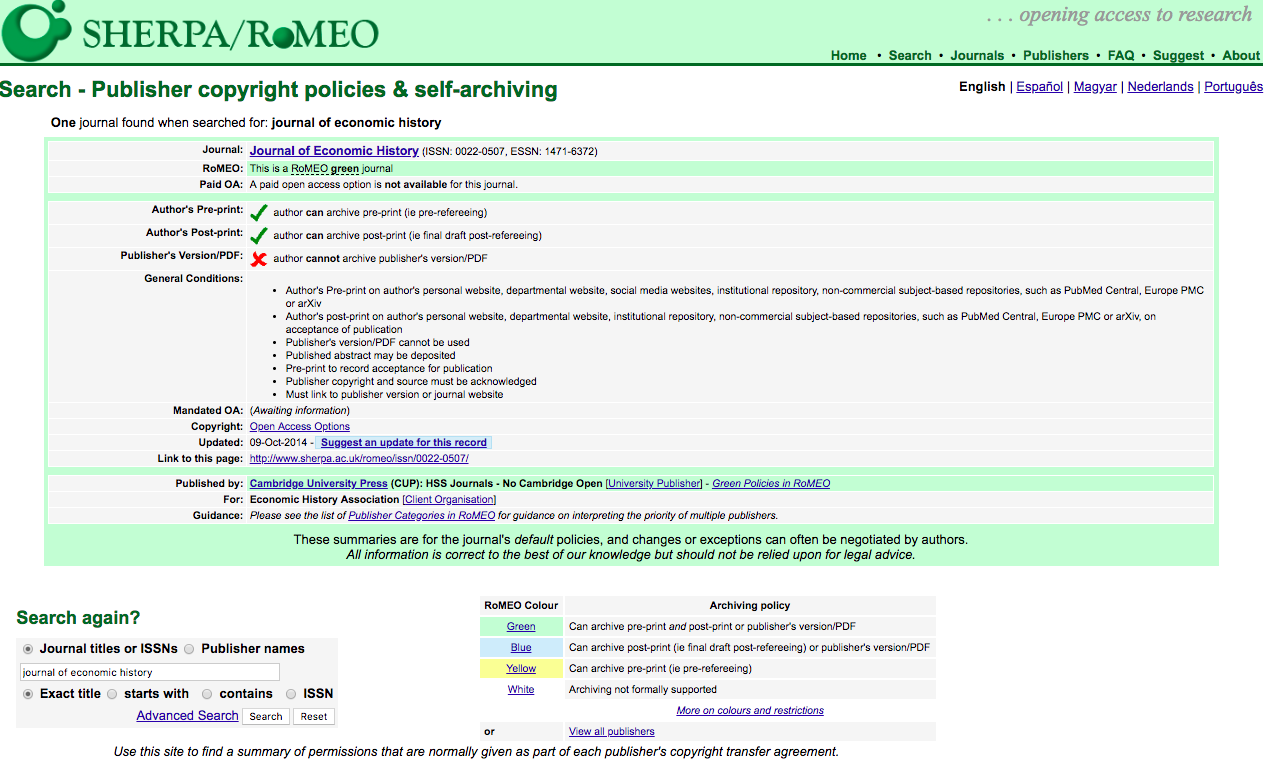Koç University Institutional Repository (KUIR) is an electronic archive of research materials created by researchers of Koç University. KUIR being maintained by Koç University Suna Kıraç Library, increases the visibility of Koç University’s research; can help with time-consuming research reporting exercises and begins the process of digitally preserving the University’s research and scholarly output.
KUIR can house open-access articles and conference proceedings, providing a place for faculty, staff and graduate students to bring scholarly content to the web. Contributions are welcome from Koç University academic and research staff and graduate students.
Please note that KUIR is a growing repository and in its current state is not a complete record of Koç University’s research output.
Suna Kıraç Library:
- Manages the Institutional Repository (KUIR)
- Serves as contact for KU Academic community on Open Access policies
- Checks publishers OA policies on Sherpa/Romeo Platform
- Assures right version of publications such as journal article, monographs, books, conference proceedings and grey literature (informally published written material not controlled by scientific publishers, e.g. reports) are deposited
- Creates bibliographic metadata for describing publications: addressing to publication with author name, title, subject/keywords, abstract, citations, DOI number, name of the action, acronym and grant number, publication date, and length of embargo period if applicable, and a persistent identifier
Determine What You Can Deposit to KUIR by Using SHERPA/RoMEO

Below you will learn how to deposit an article (or any other scholarly work you want to share) to KUIR. Before you do so, take under consider the following;
- embargo periods
- the terms of your publishing agreement
- the inability to publish the publisher’s version pdf
These issues can be clarified by using the popular tool SHERPA/RoMEO, a site that helps you find a summary of permissions that are normally given as part of each publisher’s copyright transfer agreement.
Let’s walk through one example of using SHERPA/RoMEO: First, let’s say we had an article published in Journal of Economic History. Enter the “TITLE” of the journal in the search box, and notice you can enter the exact title, the ISSN, or – if you’re unsure of the title of the journal – you can select “starts with” or “contains.”

SHERPA/RoMEO returns this page for The Journal of Economic History:

SHERPA/RoMEO colour codes journals either green, blue, yellow, or white, but it’s critical to read the terms and conditions for each journal entry in SHERPA/Romeo.
So for Journal of Economic History, we see the following:
- Author can archive pre-print
- Author can archive post-print
- Author cannot archive publisher’s version/PDF
With these general conditions:
- Author’s pre-print on author’s personal website, departmental website, social media websites, institutional repository, non-commercial subject-based repositories, such as PubMed Central, Europe PMC or arXiv
- Author’s post-print on author’s personal website, departmental website, institutional repository, non-commercial subject-based repositories, such as PubMed Central, Europe PMC or arXiv, on acceptance of publication
- Publisher’s version/PDF cannot be used
- Published abstract may be deposited
- Pre-print to record acceptance for publication
- Publisher copyright and source must be acknowledged
- Must link to publisher version or journal website
What does this mean: the author of this work can deposit their pre-print or their post-print to Koç University Institutional Repository. We recommend publishing the post-print in this case, since the content will be the same as the version of record.
This is important, because the publisher’s version of this article is behind a paywall. When the author of this article publishes their post-print to KUIR, they will point to the publisher’s version of the article. If someone searching for this article has access to Journal of Economic History through a library or personal subscription, they will have no problem reading the article. When the author deposits the post-print to KUIR, the content will be available for free to those who do not have a journal subscription.
A Word About Terminology: Preprints, Postprints
Publishers (and SHERPA/RoMEO) make distinctions between three versions of a manuscript when detailing the deposit rights retained by authors: the pre-print, the post-print and the publisher’s version. It’s important to understand the difference:
- Pre-print: A pre-print is the original version of the manuscript as it is submitted to a journal. While the authors may have sought help from their colleagues with aspects of the manuscript, the pre-print has not been through a formal process of peer review. It typically looks like a term paper – a double spaced .doc file with minimal formatting.
- Post-print: A post-print is the document that has been through the peer review process and incorporated reviewer’s comments. It is the final version of the paper before it is sent off to the journal for formatting and publication. It won’t be formatted to look like the journal article yet. It still looks like the double spaced .doc file, although it could also be a PDF. Sometimes the post-print is referred to as the “final submitted manuscript” or accepted manuscript”
- Publishers version/PDF – This is the version of record that is published on the publisher’s website. It will look quite spiffy, having been professionally typeset by the publisher. Library databases will link to this version of the paper.
For further information download the Koç University Institutional Repository Publication Guide
